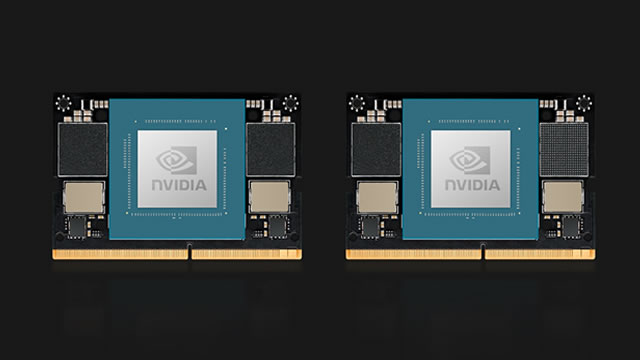
RDDT
Reddit, Inc.
$224.11
5.61
(2.57%)
| Exchange: | |
| Market Cap: | 42.468B |
| Shares Outstanding: | 96.515M |
About The Company
| Sector: | Communication Services | |||||
| Industry: | Internet Content & Information | |||||
| CEO: | Steven Ladd Huffman | |||||
| Full Time Employees: | 2233 | |||||
| Address: |
|
|||||
| Website: | https://www.redditinc.com |
Reddit, Inc. operates a website that organizes digital communities. It organizes communities based on specific interests that enable users to engage in conversations by sharing experiences, submitting links, uploading images and videos, and replying to one another. The company was founded in 2005 and is headquartered in San Francisco, California. Reddit, Inc. operates as a subsidiary of Advance Publications, Inc.
Click to read more…
Revenue Segmentation
EPS
Earnings Call
Income Statement
(* All numbers are in thousands)
Balance Sheet
(* All numbers are in thousands)
Cash Flow Statement
(* All numbers are in thousands)
Analyst Estimates
(* All numbers are in thousands)







